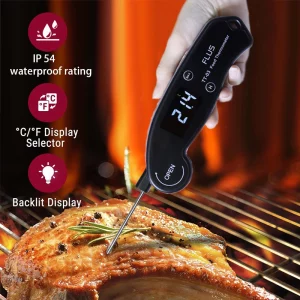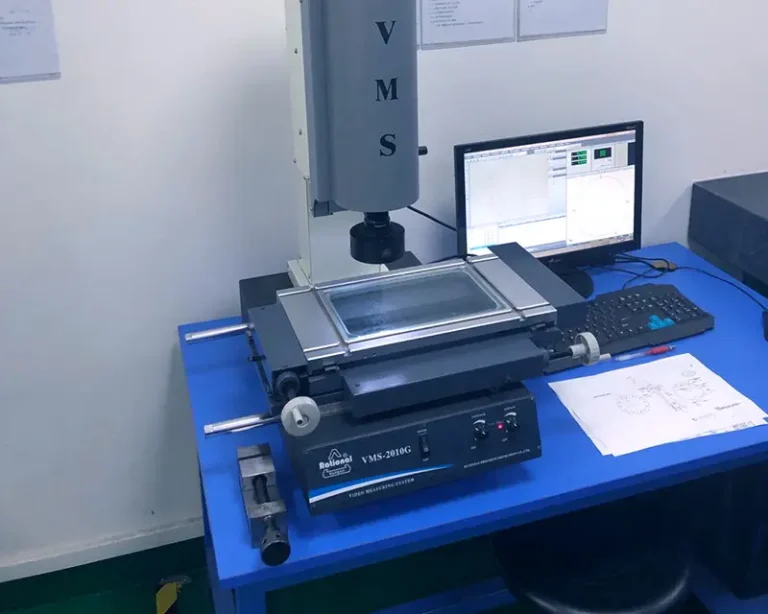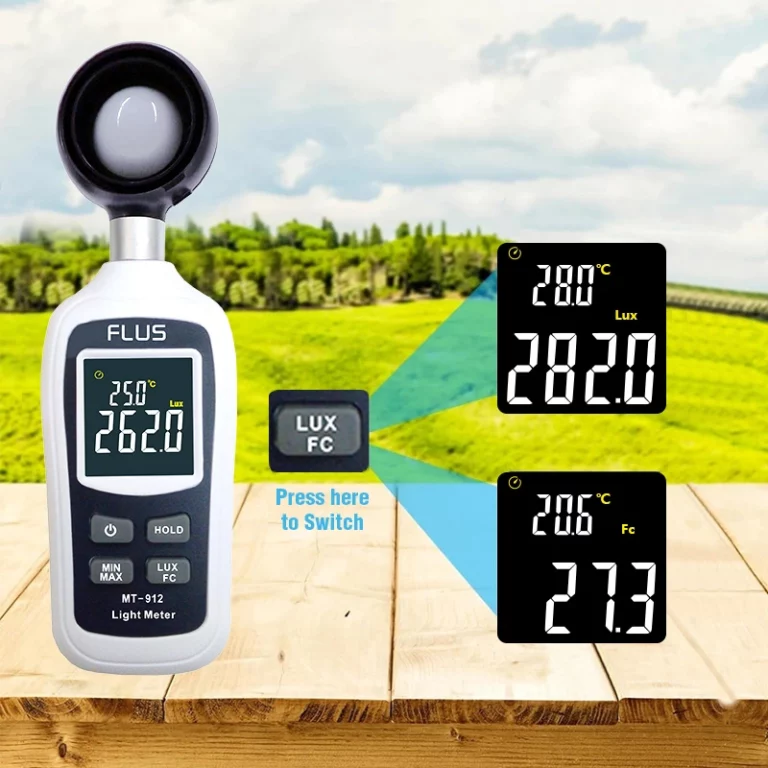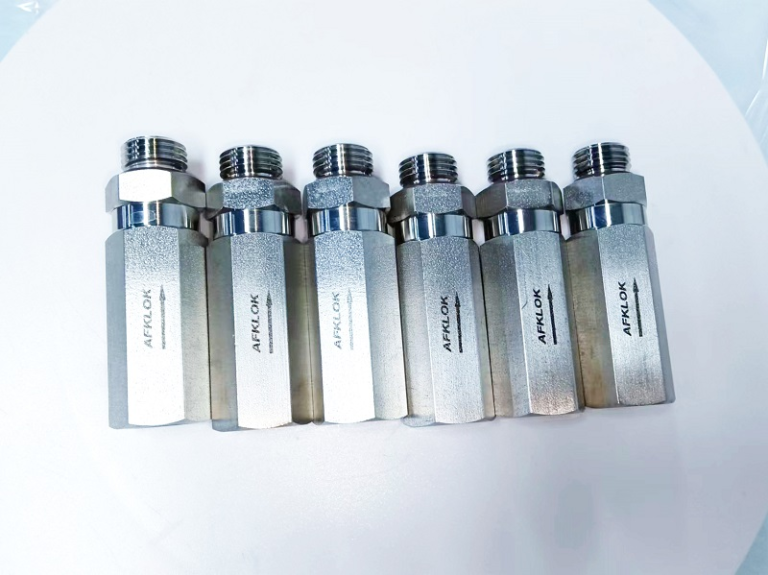目录
ToggleWhen it comes to cooking meat, achieving the perfect doneness is crucial for both flavor and food safety. One of the most reliable tools in a cook’s arsenal is a small meat thermometer. But how accurate is a small meat thermometer, and how can you ensure you’re using it correctly? In this article, we’ll explore the accuracy of small meat thermometers, their benefits, and tips for using them effectively.

Understanding Meat Thermometers
A small meat thermometer is designed to measure the internal temperature of meat quickly and accurately. These thermometers come in various types, including digital, dial, and instant-read models. While they all serve the same purpose, their accuracy can vary based on several factors, including the type of thermometer, how it’s used, and the conditions in which it’s used.
Types Of Small Meat Thermometers
1. Digital Thermometers: These are often the most accurate and provide a quick reading. They usually have a probe that you insert into the meat, and the digital display shows the temperature almost instantly.
2. Dial Thermometers: These are more traditional and can take a bit longer to provide a reading. They are generally less accurate than digital models, especially if not calibrated correctly.
3. Instant-Read Thermometers: These are designed for quick readings and are often digital. They can give you a temperature reading in seconds, making them ideal for checking the doneness of meat without losing too much heat from the cooking process.
Accuracy Of Small Meat Thermometers
So, how accurate is a small meat thermometer? Generally, a well-calibrated small meat thermometer should provide readings within 1-2 degrees Fahrenheit of the actual temperature. However, several factors can affect this accuracy:
1. Calibration: Many thermometers come pre-calibrated, but it’s essential to check their accuracy regularly. You can do this by placing the thermometer in ice water (which should read 32°F) or boiling water (which should read 212°F at sea level). If the readings are off, you may need to recalibrate your thermometer according to the manufacturer’s instructions.
2. Placement: The accuracy of a small meat thermometer also depends on where you place the probe. For the most accurate reading, insert the thermometer into the thickest part of the meat, avoiding bones and fat, which can give misleading readings.
3. Temperature Range: Different types of meat have different safe cooking temperatures. A small meat thermometer should be able to measure a wide range of temperatures, but if it’s not designed for high heat, it may not be accurate for certain cooking methods, like grilling or frying.
Benefits Of Using A Small Meat Thermometer
Using a small meat thermometer has several advantages:
1. Food Safety: One of the primary reasons to use a small meat thermometer is to ensure that your meat is cooked to a safe temperature. Undercooked meat can harbor harmful bacteria, leading to foodborne illnesses. The USDA recommends specific internal temperatures for various types of meat, and a small meat thermometer can help you achieve these.
2. Perfect Doneness: Whether you prefer your steak rare, medium, or well-done, a small meat thermometer can help you achieve the perfect doneness every time. This is especially important for cuts of meat that can easily become overcooked, such as chicken breasts or pork chops.
3. Consistency: Once you get the hang of using a small meat thermometer, you’ll find that it allows for more consistent results. You’ll be able to replicate your favorite recipes with precision, ensuring that every meal is just as delicious as the last.
Tips For Using A Small Meat Thermometer
To get the most accurate readings from your small meat thermometer, consider the following tips:
1. Insert The Probe Correctly: Always insert the probe into the thickest part of the meat, avoiding bones and fat. This will give you the most accurate reading.
2. Check Multiple Spots: For larger cuts of meat, it’s a good idea to check the temperature in multiple spots to ensure even cooking.
3. Let It Rest: After removing the meat from the heat source, let it rest for a few minutes. The internal temperature can rise a few degrees during this time, so it’s essential to account for that when checking for doneness.
4. Keep It Clean: Always clean your thermometer after each use to prevent cross-contamination. This is especially important when dealing with raw meat.
5. Invest In Quality: Not all small meat thermometers are created equal. Investing in a high-quality thermometer can make a significant difference in accuracy and reliability, FLUS’s food thermometer is a good choice.
Conclusion
In conclusion, a small meat thermometer is an invaluable tool for any home cook. it can provide accurate readings that ensure your meat is cooked safely and to the user’s desired doneness.
0








